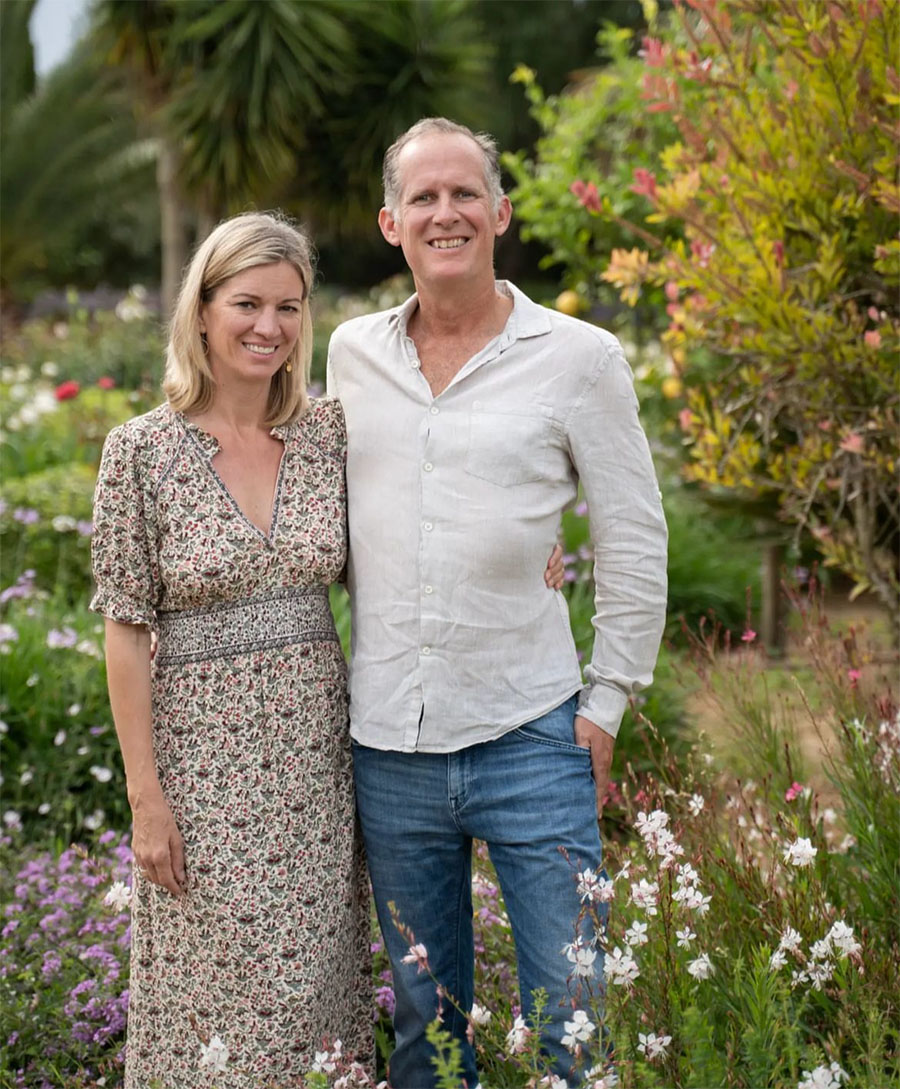Written by Clare Ferrige
Photos by Alexander Warren-Gash
An aromatic garden is an abundant garden
All Mediterranean gardens, big or small, should have a space filled with aromatic plants and herbs. Besides practical and therapeutic uses, aromatic plants create a beautiful garden that can be enjoyed with all your senses. Contrasting shades of green and texture play against each other. Springtime blossoms scent the air and draw pollinating butterflies and buzzing bees. And the purple blooms of lavender and rosemary add pops of colour.
An aromatic garden is an abundant garden, a place to linger and marvel at nature’s bounty.
Here in the Mediterranean, we pride ourselves on using the freshest of ingredients and it doesn’t get any fresher than homegrown. An aromatic garden is an easy foray into producing your own food.
There is a huge variety of herbs to choose from in Mallorca. Stock your garden with the essentials like Mentha saveolens (mint), Salvia officinalis (sage) Rosemarinus officinalis (rosemary), Thymus vulgaris (thyme), Artemisia dracunculus (tarragon), Allium schonenoprasum (chives) and Origanum vulgaris (oregano).
These versatile herbs can be used for cooking and even therapeutically – fresh mint tea is an excellent digestive and wonderfully refreshing in the heat of summer. Sage, oregano and thyme can all help alleviate winter colds.
For structure, height and a taste of Asia in your garden, plant Cymbopogon citratus (lemongrass) with its tall, grey-green grass leaves. Cynara cardunculus (globe artichoke) has beautiful purple flowers and thistle-like silvery fronds, making it another delightful addition to the garden, if not only for the artichokes!
Larger plants and shrubs such as Lauris nobilis (bay laurel) can be pruned and trimmed into a topiary shape while also adding flavour to your soups and stews.
Gardens should be a sensory affair and fragrance is a component we always consider at Mashamba. Catching the scent of a plant in the air adds interest to the garden and is a simple pleasure to enjoy.
We recommend planting the pink flowered, Pelargonium graveolens (sweet scented geranium). Its citrussy scent is beloved by perfumiers all over the world and is also said to repel mosquitos.
Climbers such as Jasminoides trachelospermum (star jasmine), with its dark green waxy leaves and bright white flower, have a particularly strong perfume that can be used to stunning effect to cover walls or pergolas. Another jasmine, Centrum nocturnum (night blooming jasmine) comes alive after sundown. Its creamy white flowers open to give off a sweet, musky perfume.
As a tall shrub, Aloysia citrodora (lemon verbena) works well planted against walls. Stems of its incredibly fragrant leaves and delicate white flowers are a pretty addition to any dining table. The leaves also make a delicious tea and excellent digestive.
Lavandula dentata (lavender), which blooms spectacularly from October to May, is a plant synonymous with the Mediterranean. Because of its particular needs in terms of soil and drainage, we like to plant lavender on its own in rows, much like you see in Provence.
No aromatic garden would be complete without a classic Mediterranean citrus fruit. At Mashamba, we try to include at least one orange and one lemon tree in our garden designs. Not only will you get to enjoy the scent of its spring blossoms, but twice a year you’ll have a tree laden with fruit. Perfect for that evening gin and tonic or a freshly squeezed orange juice in the morning.
Let’s Work Together:
Contact us to find out how a Mashamba garden can transform your outdoor spaces and life.
